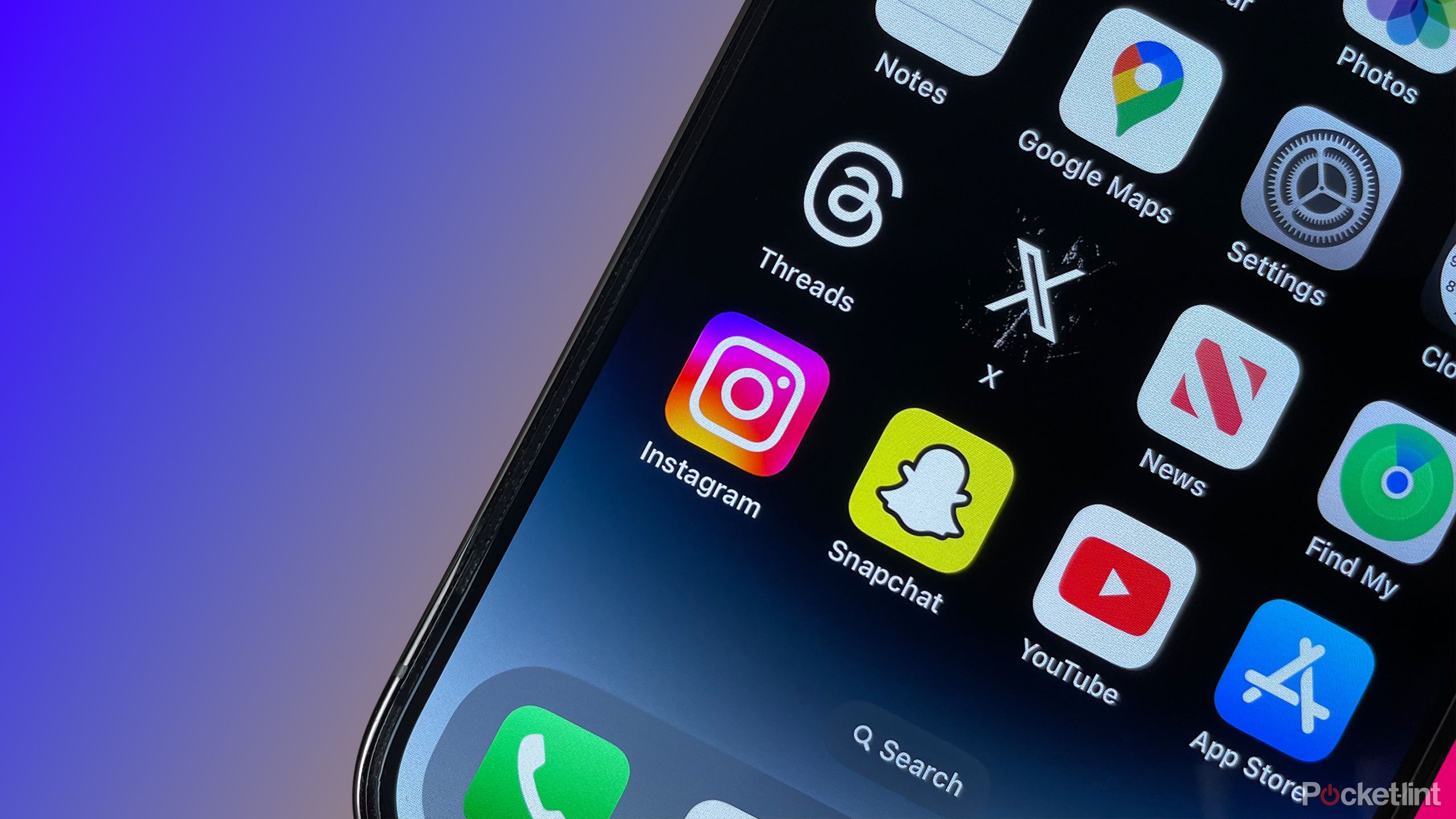PSVR 2’s secret weapon is its performance-boosting, game-changing eye tracker
What’s a VR game without some cracking virtual reality hardware to power it? It seems that Sony is already eyeing up a spot on best VR headsets lists with its PSVR 2 accessory, after a GDC showcase revealed the power of its built-in eye-tracking system.
According to Android Central, Sony showed developers the new headset as part of a talk on the Unity game engine, detailing how the system’s eye tracking and foveated rendering combo can dramatically improve the performance of virtual reality games.
When used correctly, foveated rendering (which works to make sure only the area of a scene a player is looking at is rendered in detail) can lift performance on the PSVR 2 by 2.5x. But foveated rendering working in tandem with eye tracking can increase that to 3.6x faster than without either technology employed – that’s the difference between broadly downgrading the visuals outside of a player’s direct gaze, and specifically lifting the detail only on what a user is looking at.
The VR Alchemy Lab demo was what was used to show off the PSVR 2 headset’s capabilities – a multi-platform app that allowed for a degree of comparative experience. Using the foveated rendering and eye tracking features of the headset saw frame time drop from 33.2ms to 14.3ms in the demo.
A second 4K sci-fi demo saw similar results, with CPU thread performance jumping 32% and GPU frame time dropping from 14.3ms to 12.5ms. It’s going to be a key part of PSVR 2 developers’ arsenals, then, if they want to ensure their games run silkily smooth while retaining high visible detail – particularly given the demanding resolution of the PSVR 2’s displays.
Analysis: Beyond performance and into gameplay
The performance benefits appear to be clear ahead of the hardware’s release. But arguably more important, from a usability perspective, is the way eye tracking can augment gameplay experiences.
Want to throw a cheeky wink at an NPC and see how they react? That’ll be possible thanks to eye tracking, while finer interaction with objects in a virtual world will be made more intuitive, as the eye tracking data can be combined with other peripheral input to more precisely discern a player’s intent. No more fumbling with unwanted in-game items just because they sit closely together in the game world and the input definition is too broad to be able to determine which item is wanted.
Accessibility can be improved with eye tracking too. UI elements could be enlarged or enhanced when looked at directly, and fade away for a less cluttered play space when not in use. Developers will also be able to isolate the reasons why a player may be stuck in an area of the game if, for instance, their data shows a player hasn’t even seen the source of a solution, and introduce a tooltip appropriately.
The possibilities make you long for similar functionality on flatscreen TV play. But, according to recent reports, PlayStation still has some final details to hammer out – as of January, it was still only in talks with eye tracking specialists Tobii on implementing the company’s tech into PSVR 2.
Want to know more about PSVR 2? Here’s every spec and design detail revealed so far




